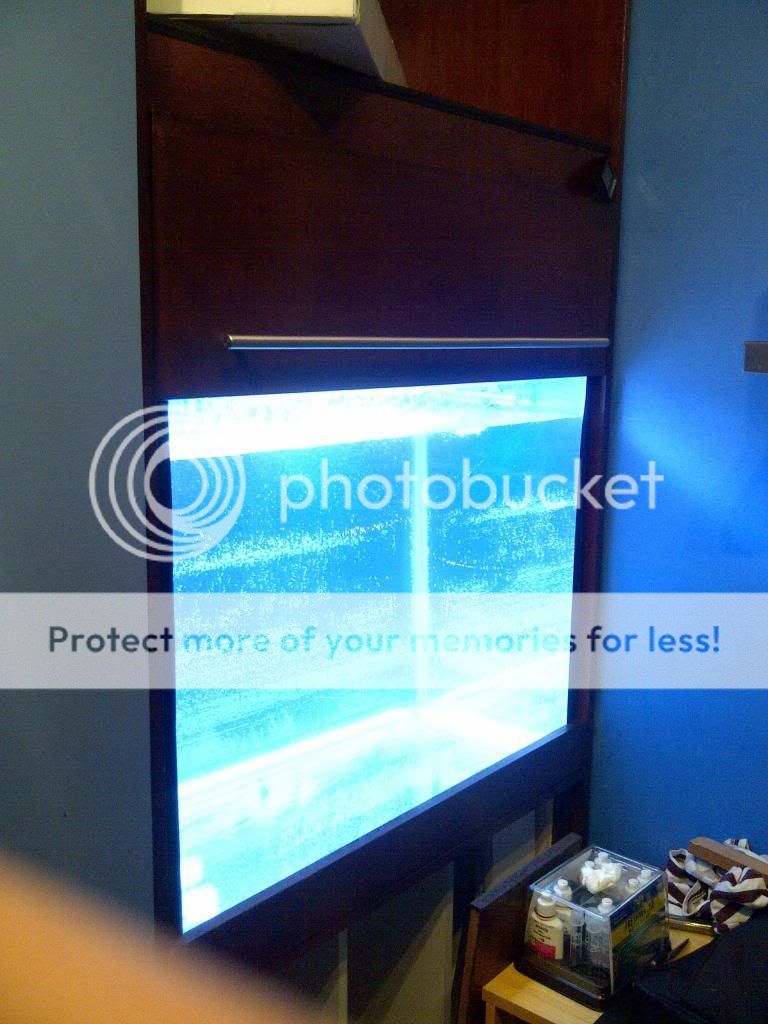Ok so I went away from the ideas of a complicated corner design with a diagonally-shaped aquarium tank, I "suppose" these "were" out of my price range. (I was quoted around £500+ for the fish tank only!)

Instead, I took a different approach - Dual stands! Just for those unaware, dual stands are often metal racks with a tank almost on the floor and the other at usual height (replacing the typical cabinet/cupboard set-up with a fish tank.)
But again... I wanted to do something different. I was beginning to get used to aquariums and my ambition to have a zoo in my small, box-like bedroom was growing stronger. So I started looking for other vivarium/aquarium set-ups online, for preference and guidance etc. Unfortunately, there was nothing. Hence my choice to begin this thread (also the fact that Zikofski kept pestering for some pics!)
Before reading, let it be known I am no builder. In fact, the majority of the work was performed by my step-dad, with me just doing the dimensions, design, holding wood etc.
 Also, you will probably learn nothing from this thread, as it is merely published for inspiration and the like. Not intended for an instruction manual - but this can be easily done by yourself
Also, you will probably learn nothing from this thread, as it is merely published for inspiration and the like. Not intended for an instruction manual - but this can be easily done by yourself

DESIGN
Ok, first thing first. Know what you want. Obviously I wanted an aquarium (that was a definite), and a vivarium would be kool (Yep - Spelt with a "k". Cause I'm kool
 ) I didn't have much room for separates, so they must be stacked. As the design phase got on, the pictures began getting more and more detailed. Stating every possible dimension I could think of. Here's two:
) I didn't have much room for separates, so they must be stacked. As the design phase got on, the pictures began getting more and more detailed. Stating every possible dimension I could think of. Here's two:


You may ignore the letters on the first one, they merely explain things for my preference. However it should be known the aquarium is accessed by a flap above it (Labelled conveniently "F")

Instead, I took a different approach - Dual stands! Just for those unaware, dual stands are often metal racks with a tank almost on the floor and the other at usual height (replacing the typical cabinet/cupboard set-up with a fish tank.)
But again... I wanted to do something different. I was beginning to get used to aquariums and my ambition to have a zoo in my small, box-like bedroom was growing stronger. So I started looking for other vivarium/aquarium set-ups online, for preference and guidance etc. Unfortunately, there was nothing. Hence my choice to begin this thread (also the fact that Zikofski kept pestering for some pics!)
Before reading, let it be known I am no builder. In fact, the majority of the work was performed by my step-dad, with me just doing the dimensions, design, holding wood etc.
DESIGN
Ok, first thing first. Know what you want. Obviously I wanted an aquarium (that was a definite), and a vivarium would be kool (Yep - Spelt with a "k". Cause I'm kool


You may ignore the letters on the first one, they merely explain things for my preference. However it should be known the aquarium is accessed by a flap above it (Labelled conveniently "F")

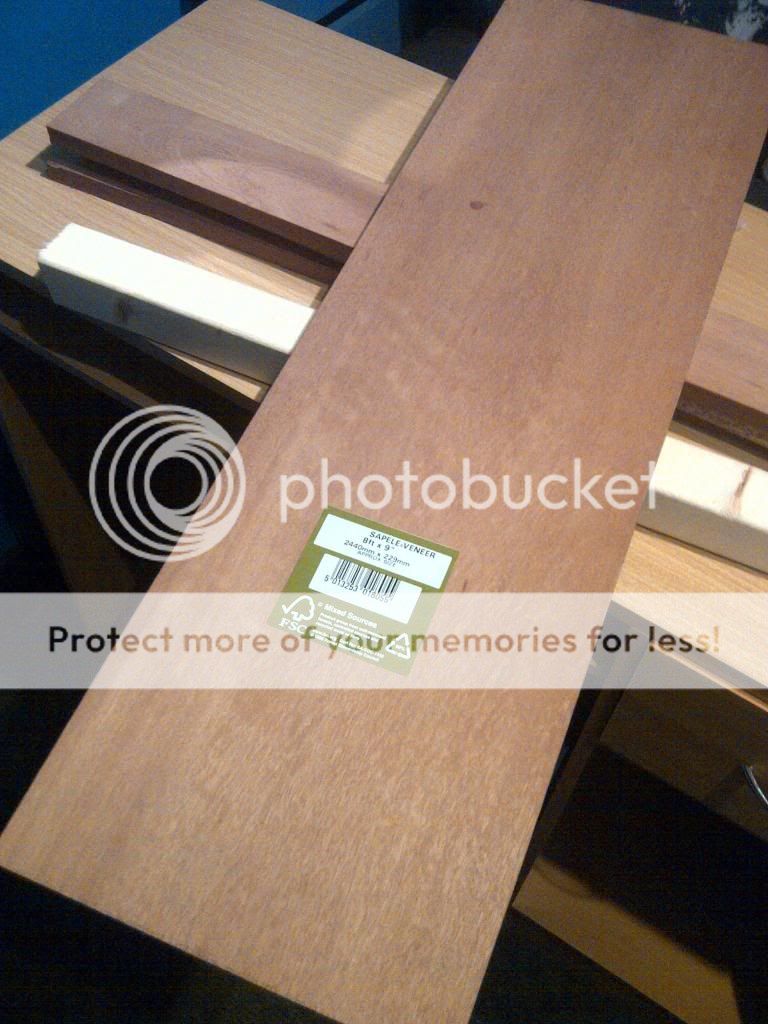
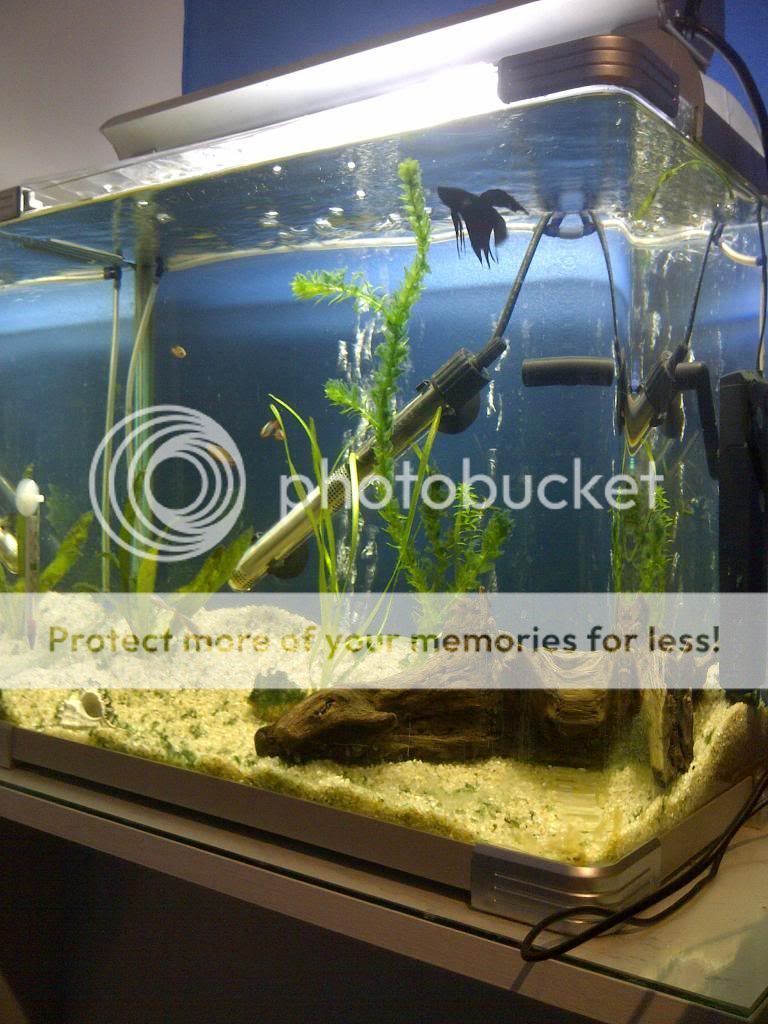
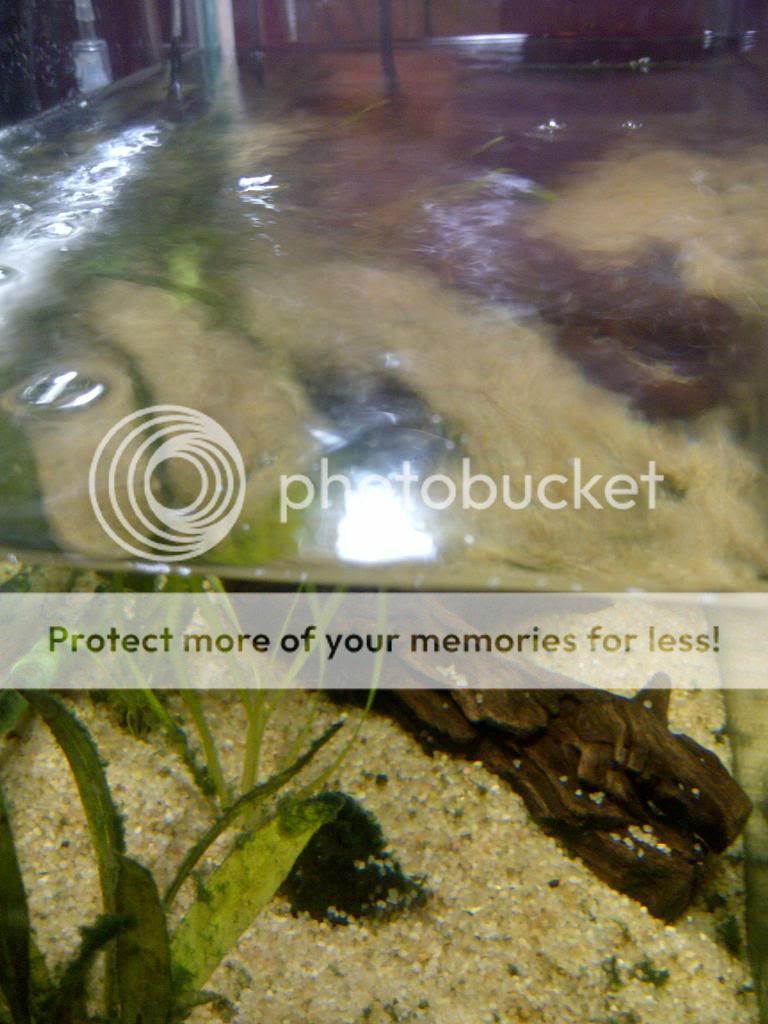
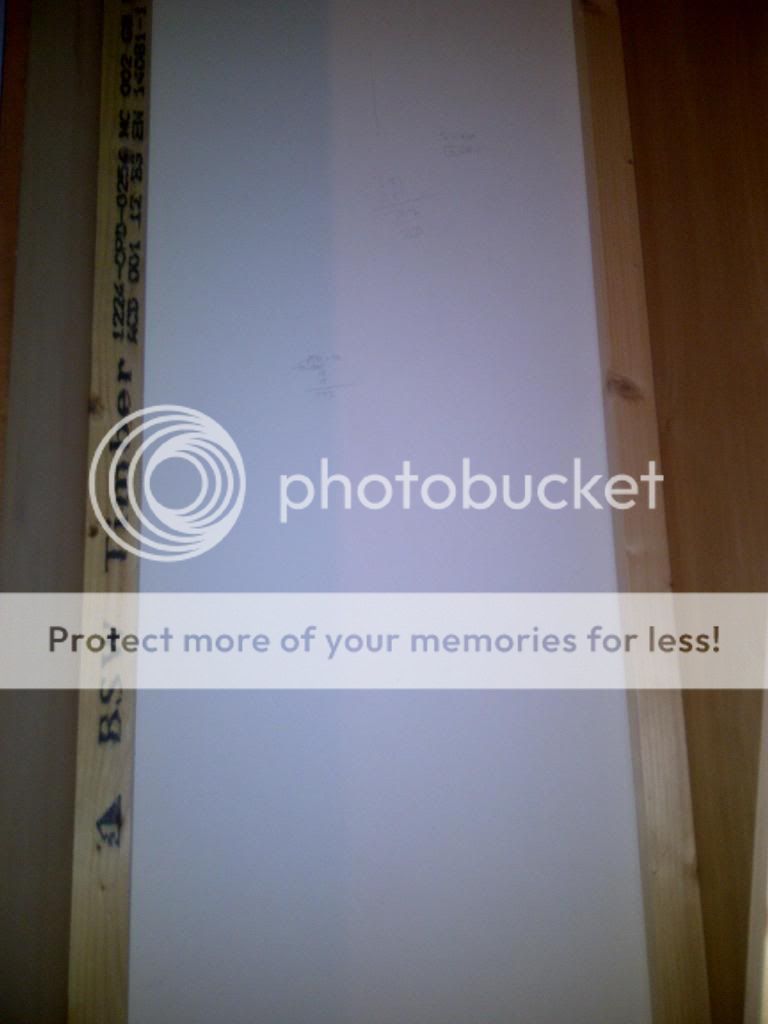
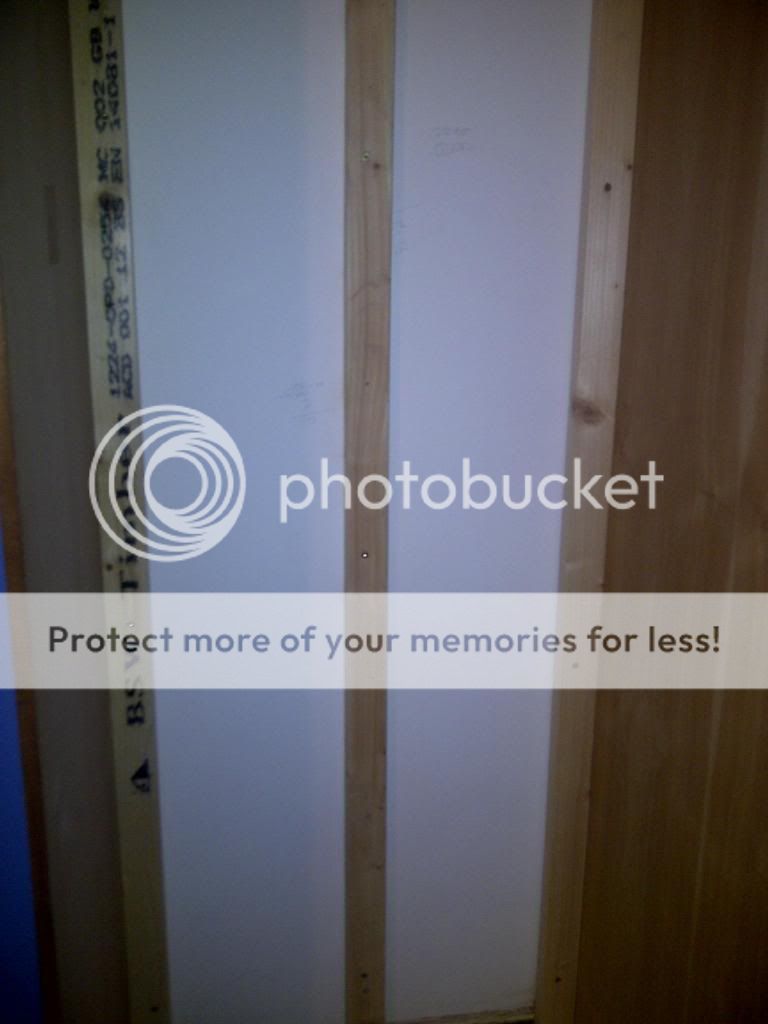
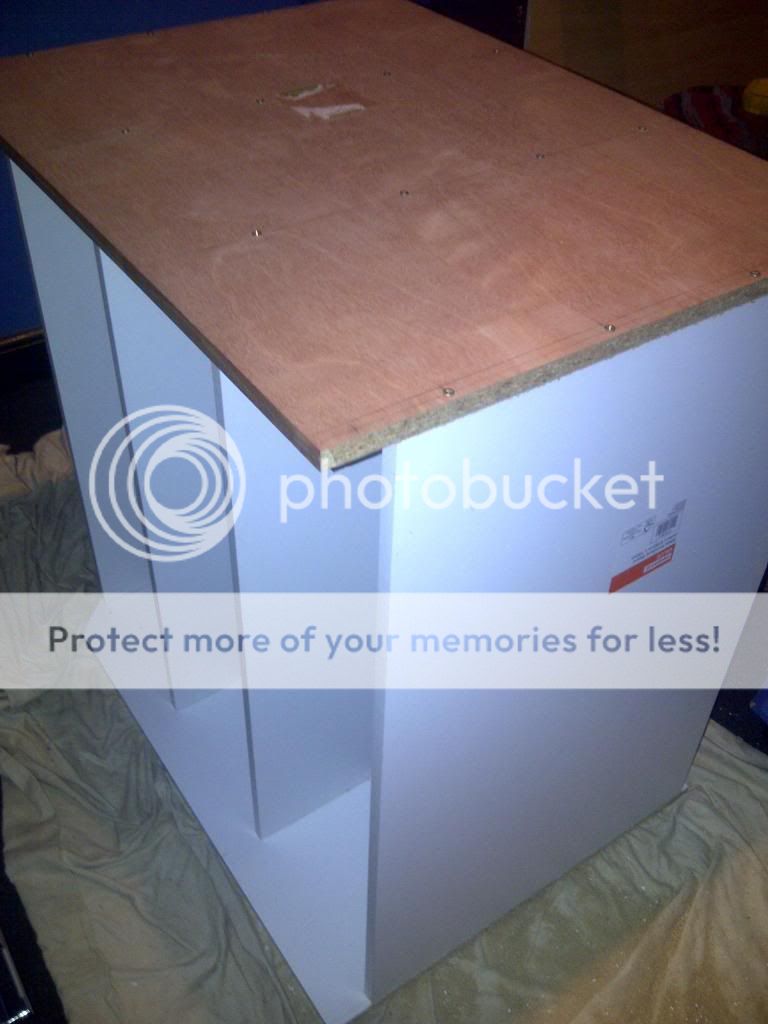
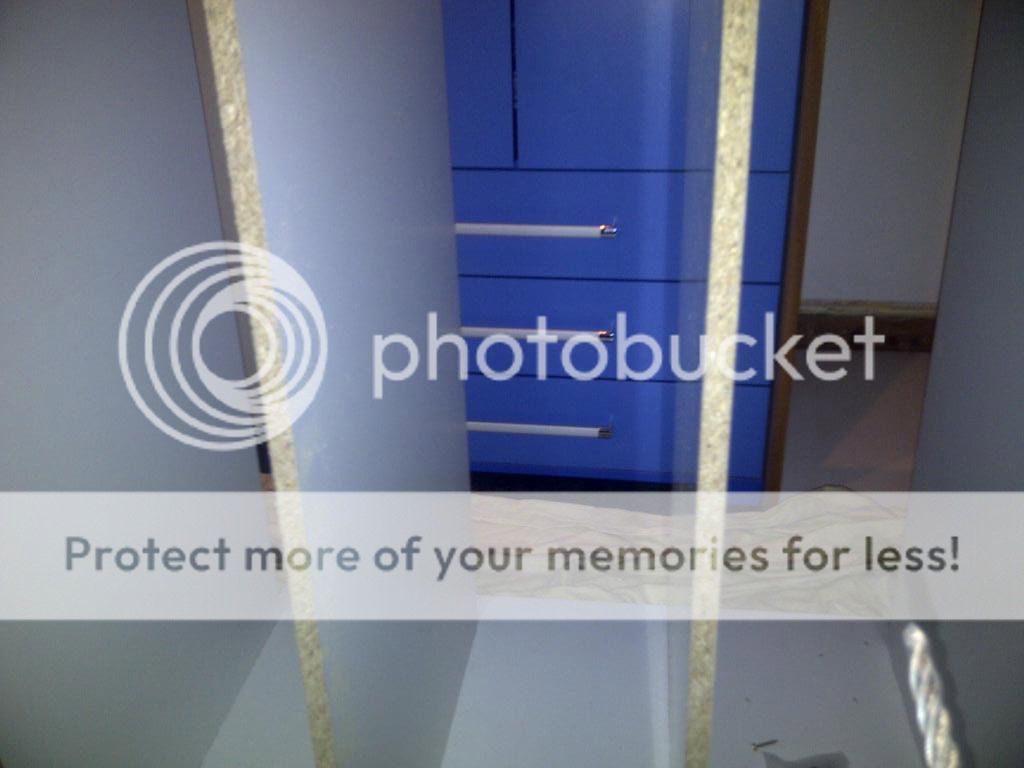

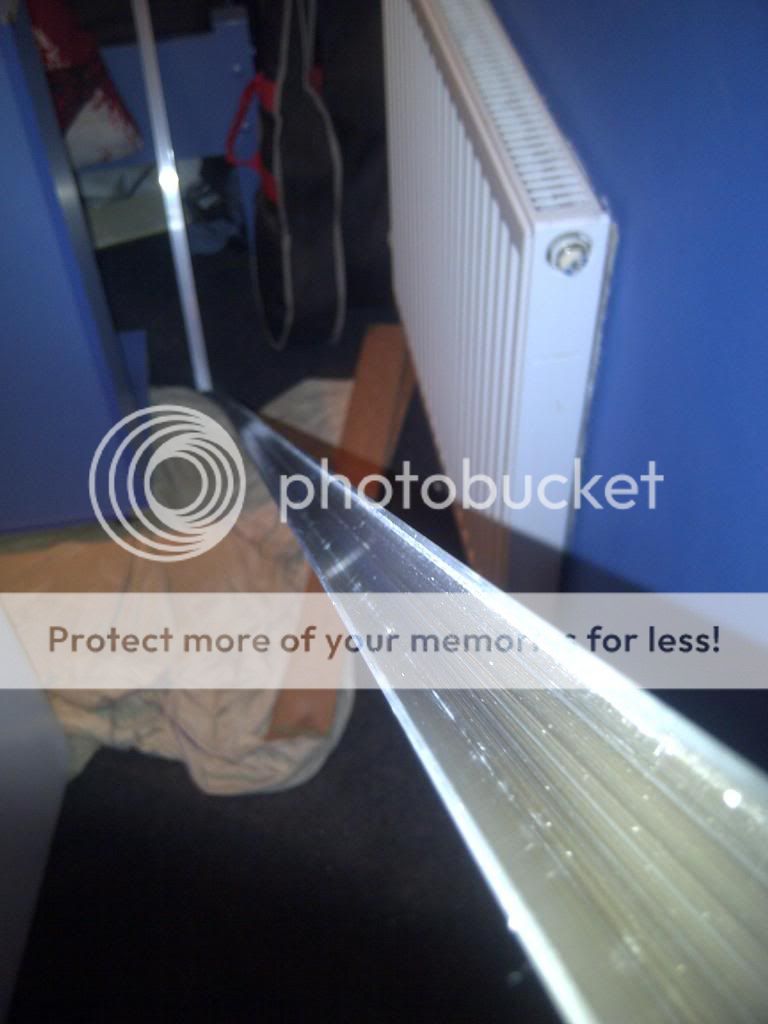
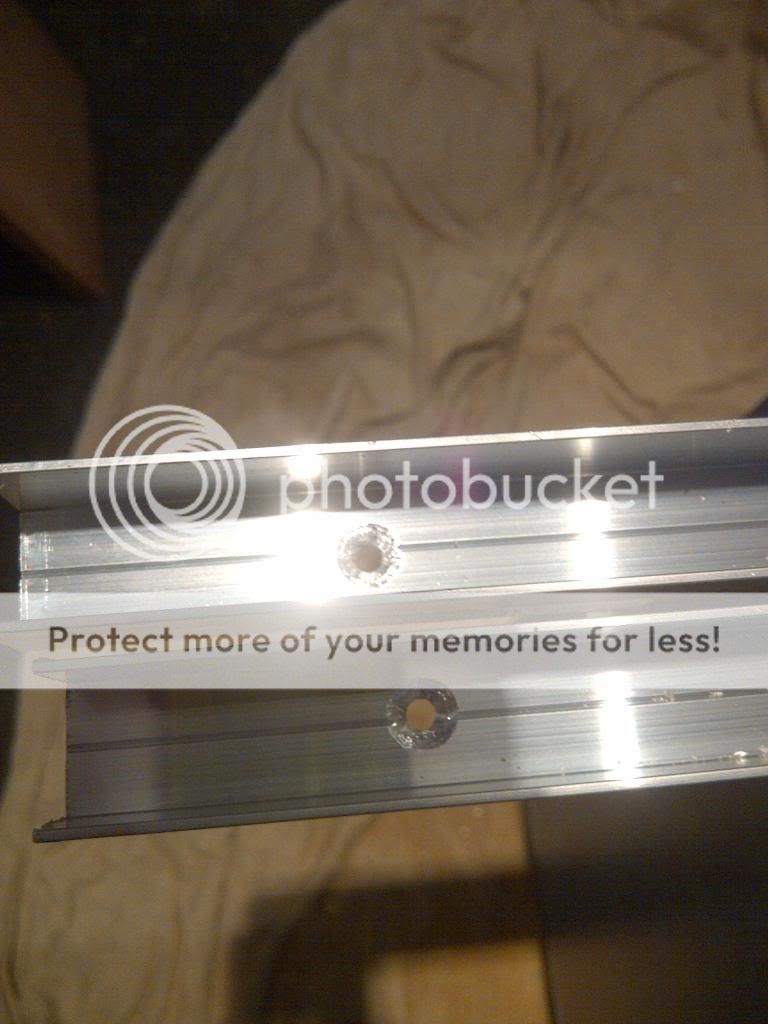


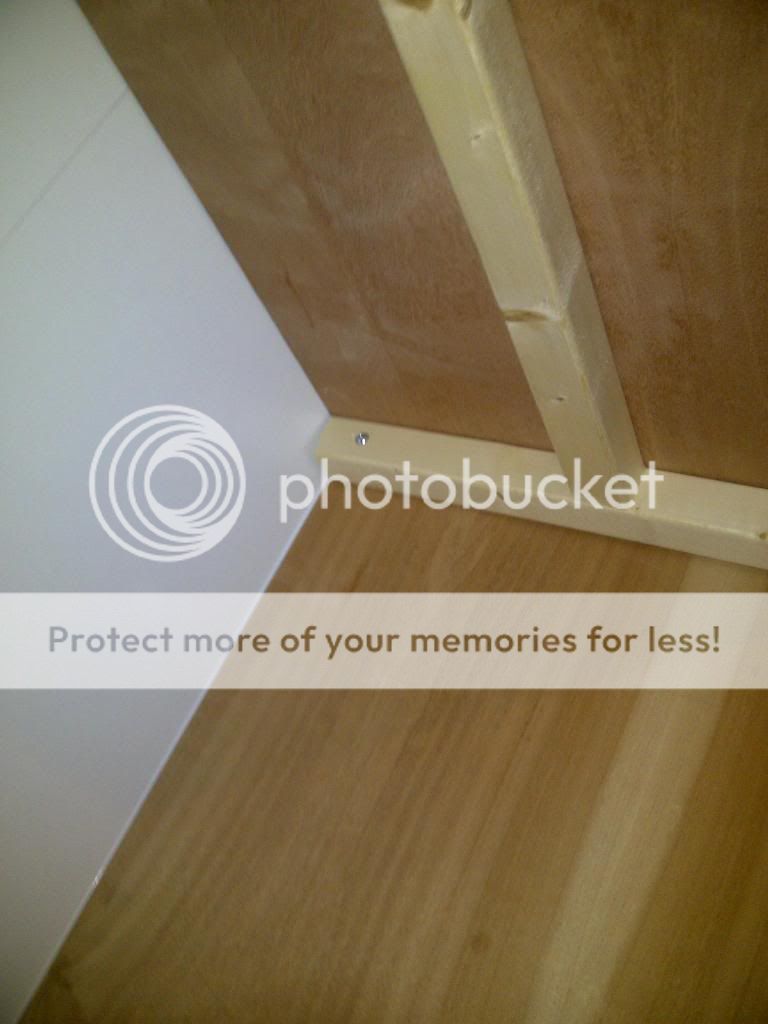
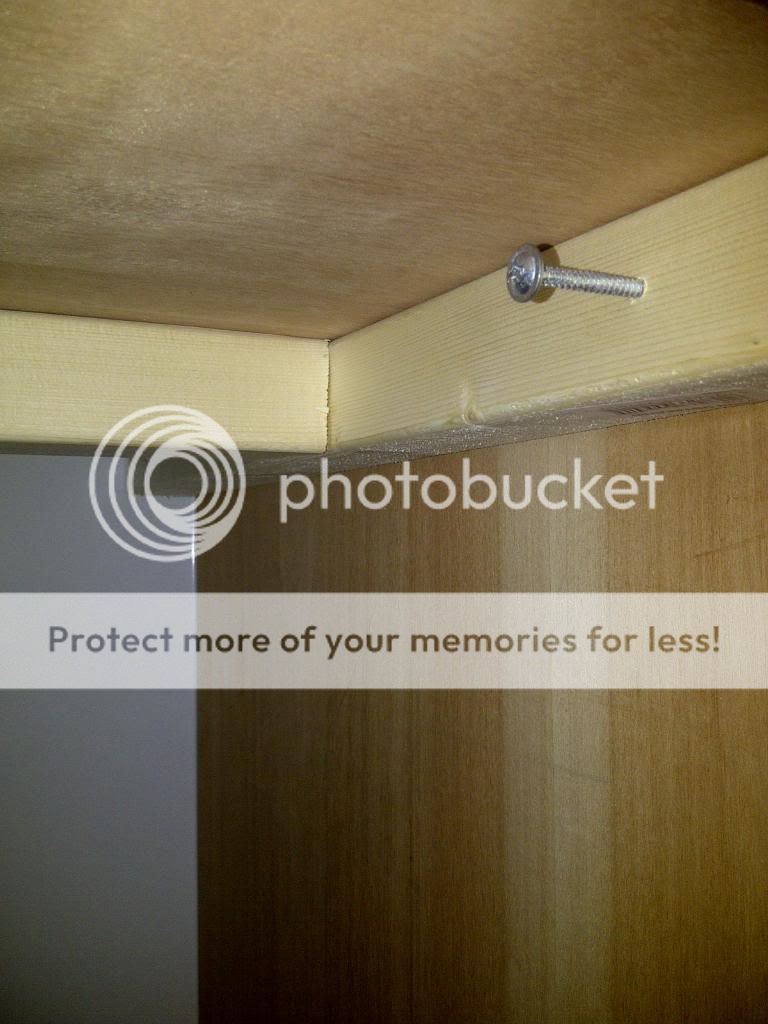

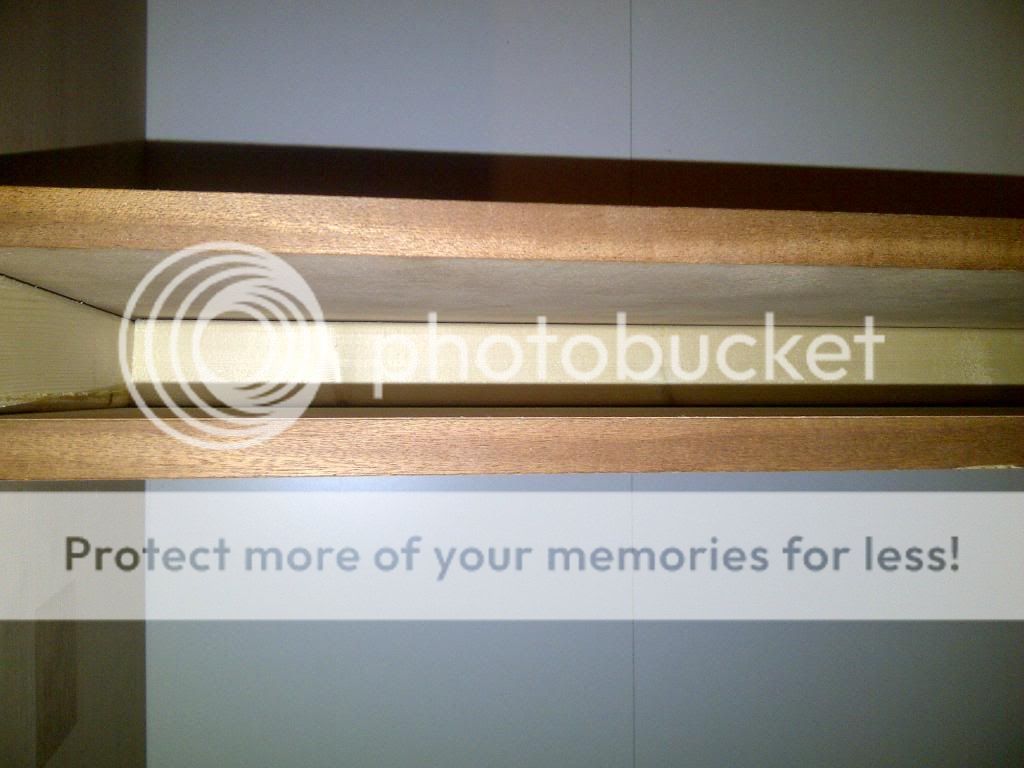
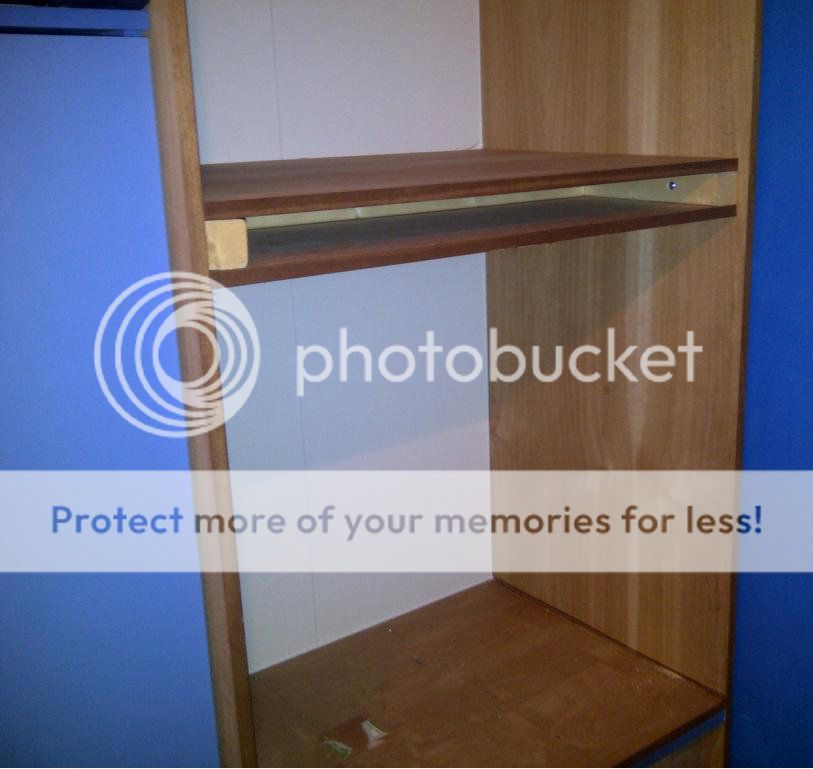
 il haft to look,
il haft to look,  I don't think any fans would be required for my set-up (or yours for that matter), as I believe LEDs to not get as hot as other lights, and also the lower the air temperature, the more your heater has to kick in. Causing temp fluctuations etc.
I don't think any fans would be required for my set-up (or yours for that matter), as I believe LEDs to not get as hot as other lights, and also the lower the air temperature, the more your heater has to kick in. Causing temp fluctuations etc. 